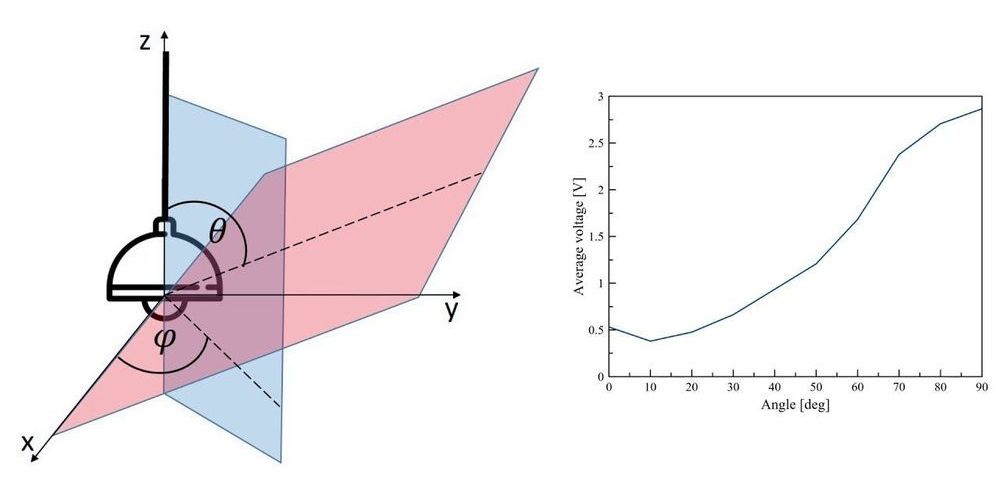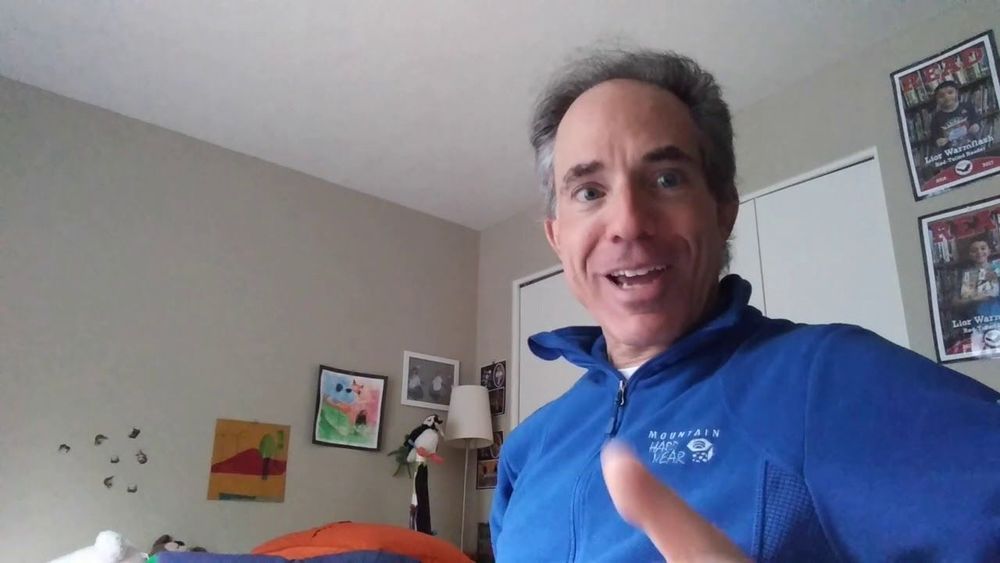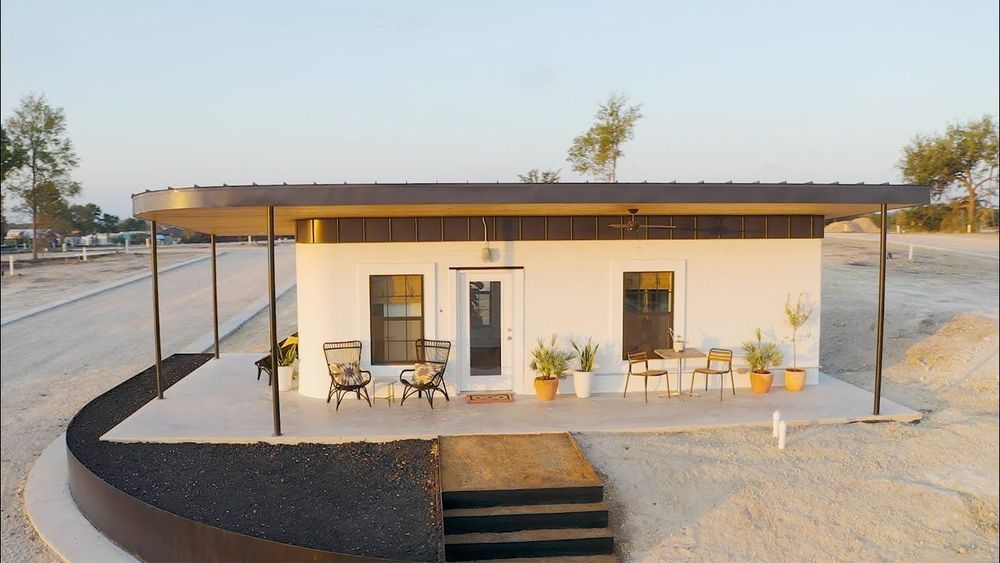Jun 27, 2020
Designing A Mars Habitat Concept
Posted by Shailesh Prasad in categories: habitats, space
Click on photo to start video.
They need to make the first Mars colony look like this! 🔴 🚀.
Click on photo to start video.
They need to make the first Mars colony look like this! 🔴 🚀.
“Facial recognition is a uniquely dangerous form of surveillance. This is not just some Orwellian technology of the future — it’s being used by law enforcement agencies across the country right now, and doing harm to communities right now,” Fight for the Future deputy director Evan Greer said in a statement shared with VentureBeat and posted online.
Members of the United States Congress introduced a bill today, The Facial Recognition and Biometric Technology Moratorium Act of 2020, that would prohibit the use of U.S. federal funds to acquire facial recognition systems or “any biometric surveillance system” use by federal government officials. It would also withhold federal funding through the Byrne grant program for state and local governments that use the technology.
The bill is sponsored by Senators Ed Markey (D-MA) and Jeff Merkley (D-OR) as well as Representatives Ayanna Pressley (D-MA) and Pramila Jayapal (D-WA). Pressley previously introduced a bill prohibiting use of facial recognition in public housing, while Merkley introduced a facial recognition moratorium bill in February with Senator Cory Booker (D-NJ).
Continue reading “Congress introduces bill that bans facial recognition use” »

In an era of digital eavesdropping where hackers employ a variety of means to take over built-in video cameras, peruse personal digital data and snoop on cellular conversations, researchers have finally seen the light.
Literally.
Continue reading “Light bulb vibrations yield eavesdropping data” »
“The state government should consider managing the invasive population of spotted-thighed frogs at Streaky Bay. This should include education programs to inform people about what to do if they find a frog, as well as the feasibility of exterminating the population in South Australia.
“Importantly, if you do see one of these critters in your travels – leave it be. We don’t want it hitchhiking any further.”
Reference: ” Indiscriminate feeding by an alien population of the spotted-thighed frog (Litoria cyclorhyncha) in southern Australia and potential impacts on native biodiversity” by Christine M. Taylor, Gunnar Keppel, Shaun O’Sullivan, Stefan Peters, Gregory D. Kerr and Craig R. Williams, 9 April 2020, Australian Journal of Zoology. DOI: 10.1071/ZO19042

Pleased to have been the guest on this most recent episode of Javier Ideami’s Beyond podcast. We discuss everything from #spaceexploration to #astrobiology!
In this episode, we travel from Ferdinand Magellan’s voyage to the first mission to Mars with Bruce Dorminey. Bruce is a science journalist and author who primarily covers aerospace, astronomy and astrophysics. He is a regular contributor to Astronomy magazine and since 2012, he has written a regular tech column for Forbes magazine. He is also a correspondent for Renewable Energy World. Writer of “Distant Wanderers: The Search for Planets Beyond the Solar System”, he was a 1998 winner in the Royal Aeronautical Society’s Aerospace Journalist of the Year Awards (AJOYA) as well as a founding team member of the NASA Astrobiology Institute’s Science Communication Focus Group.
Continue reading “From Ferdinand Magellan’s voyage to the first mission to Mars” »
A CNN crew was arrested while giving a live television report Friday morning in Minneapolis — and then released about an hour later — as the crew covered ongoing protests over the death in police custody of George Floyd.
State police detained CNN correspondent Omar Jimenez, his producer and his photojournalist shortly after 5 a.m. CT (6 a.m. ET) as Jimenez was reporting live from a street south of downtown, near where a police precinct building was earlier set ablaze.
More portable, fully wireless smart home setups. Lower power wearables. Batteryless smart devices. These could all be made possible thanks to a new ultra-low power Wi-Fi radio developed by electrical engineers at the University of California San Diego.
The device, which is housed in a chip smaller than a grain of rice, enables Internet of Things (IoT) devices to communicate with existing Wi-Fi networks using 5,000 times less power than today’s Wi-Fi radios. It consumes just 28 microwatts of power. And it does so while transmitting data at a rate of 2 megabits per second (a connection fast enough to stream music and most YouTube videos) over a range of up to 21 meters.
The team will present their work at the ISSCC 2020 conference Feb. 16 to 20 in San Francisco.

Will we ever live on Mars?
Since the dawn of the Space Age, the planet Mars has been the focus of two ambitious projects. One is the search for life forms native to the planet; the other is human colonization.
Continue reading “Life on Mars? Will we find it? Will we colonize the Red Planet?” »

At 500 square feet, ICON’s stylish new structure was 3D-printed over the course of several days—but it only took 27 hours of labor to construct. The building will serve as a welcome center at Austin’s new Community First! Village—a 51-acre development that will provide affordable housing to men and women coming out of chronic homelessness. Six new 3D-printed homes will be added to the village by the end of this year—and ICON says that they can be built at significantly less cost than conventional homes.
A year ago, ICON proved it could 3D print a home you’d actually want to live in. Now, it’s building a cluster of 3D-printed homes for the homeless.
Continue reading “Community First! Village 3D-Printed Affordable Homes” »
GRAND FORKS, N.D. — Many students celebrate completing their Ph.D. with a party. I, ever the space nerd, climbed into a spacesuit instead.
I spent seven years studying remotely at the University of North Dakota (UND) here, which is home to a variety of space-related facilities. I studied crews at the Inflatable Lunar/Mars Habitat — a facility where groups of three or four people live as astronauts for a week or two, including venturing outside in pressurized spacesuits.